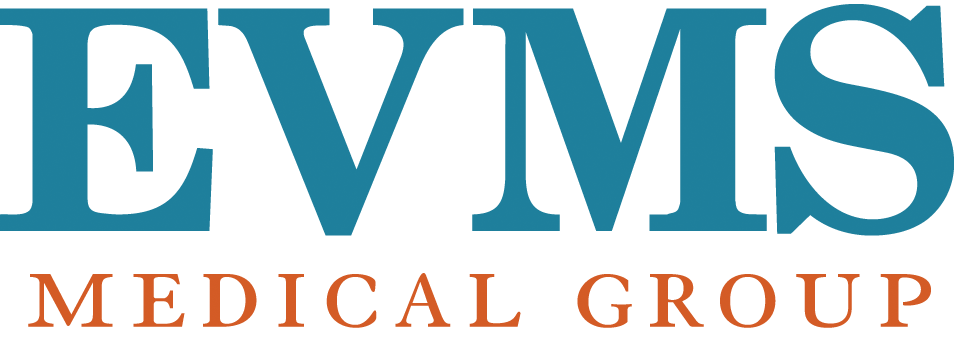Clinical Audit Program
Category: Compliance
Date: November 15, 1996
Reviewed/Revised: April 2013
Purpose
Billing audits compare charge data from a provider’s bill with the provider’s clinical documentation. The purpose of these audits is to determine whether all clinical items or services appear on the bill, and/or whether the provider’s clinical documentation substantiates or supports the services billed.
Audit activities are performed to determine:
- The need to bill or re-bill a payer for charges that were not originally incorporated on a claim;
- The need to make adjustment(s) for items or services that are not sufficiently documented yet were claimed; or,
- The accuracy of clinical documentation and the billing process and when necessary, to improve the accuracy in such areas.
Inappropriate billing practices add extra costs to the administration of the billing and claims process and to the overall administration of health care. The purpose of these guidelines is to eliminate inappropriate practices wherever they exist. Therefore, it is the responsibility of the provider to take steps, whenever possible, to improve these processes.
Procedure
This procedure is for audits that relate to the documentation and support of charges included in or omitted from a bill. Billing audits and, therefore, these guidelines do not address questions concerning the scope of care in respect to clinical judgment or the pricing structure of services.
- The Clinical Auditor will select a sample of both in-patient and out-patient charges submitted by the Provider during the last 90 days.
- Documentation will be reviewed and compared to the billing information as entered into the BAR system. The review will focus on the following criteria:
- the medical record adequately justifies the frequency and type of services billed;
- the CPT and ICD-9 codes are accurately identified and linked appropriately;
- modifiers are selected and used when documentation supports their usage;
- each entry is signed/authenticated and dated by the provider of service and corresponds to the service billed;
- documentation is completed at the time of service or shortly thereafter;
- EVMS Medical Group Documentation Requirements are being met.
- A preliminary audit report outlining each invoice in detail will be completed with specific emphasis on documentation and/or billing patterns. This report will be forwarded to each provider involved in the audit.
- Recommendations addressing billing and documentation issues will be included in the preliminary report. Claim adjustments may be requested when erroneous billing has been identified.
- The providers will then respond to the Clinical Auditor, either in person or in writing within three (3) weeks from the date of the report, to discuss the findings and recommendations. Final recommendations will be presented at this time. Should a provider and the Clinical Auditor disagree on the recommendations, the provider, Auditor, Director of Compliance & Internal Audit, Medical Director and Compliance Officer will meet to resolve the disagreement.
- A final report containing a brief summary of findings and the final recommendations will be sent to each provider, Departmental Chairman, Departmental Administrator/Practice Manager and to the Compliance Officer of EVMS Medical Group.
- Significant deficiencies identified will be followed up with a repeat audit. The follow-up audit will be performed 60-90 days following the date of the final report and will follow the guidelines as outlined above.
- Should deficiencies still be identified, a meeting will be held with the provider, Director of Compliance & Internal Audit, the Departmental Chairman, Medical Director, and Compliance Officer. A mandatory corrective action plan will be developed at this time.
